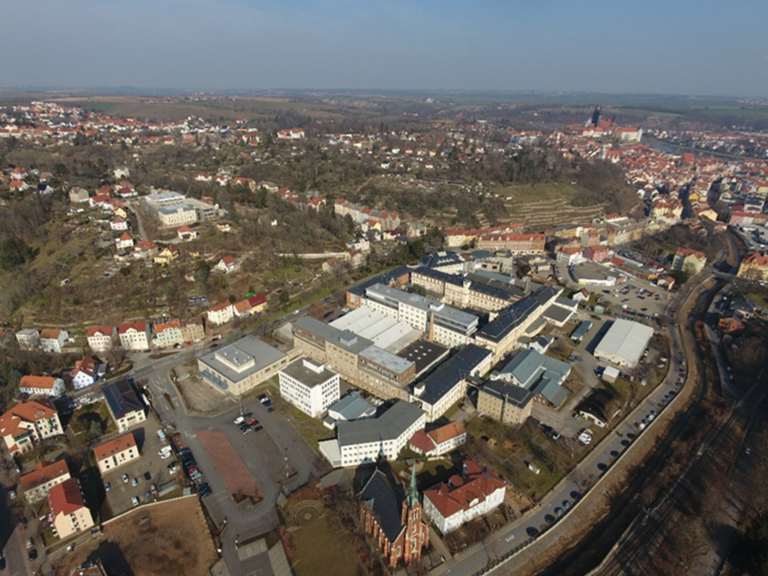Facts, Figures, Definitions





| Ownership status | The Staatliche Porzellan-Manufaktur Meissen GmbH company is owned by the Federal State of Saxony. |
| Management | Dr Tillmann Blaschke has been the company’s Managing Director since 2014. |
| Personnel | The Meissen State Porcelain Manufactory employs over 400 people. |
| Breakdown of sales revenues | 58 % of items produced are sold in Germany. The remaining 42 % find buyers abroad. |
| Principal export countries | Products are exported to more than 40 countries, foremost amongst them Taiwan, Japan, China and Great Britain. |
| Visitors to the HOUSE OF MEISSEN | Some 180,000 people from more than 40 countries visit the Meissen Porcelain Manufactory every year. More than half of these come from Germany (60 %); the majority of foreign visitors come from Poland, the USA, Japan, the Czech Republic and Great Britain. |
| Archive of Moulds | Our Archive of Moulds houses approx. 700,000 plaster-of-Paris moulds from three different centuries. |
| Service life of moulds | Moulds can only be re-used about 30 times, since the plaster eventually becomes so worn that fine detail can no longer be seen. |
| Colours used | Some 10,000 colours have been formulated at the Meissen Porcelain Manufactory over the past three centuries. |
| Number of patterns | These colours can be used to create roughly 6,000 different patterns. |
| Manufactory | The term “manufactory” derives from two Latin words: manus (= hand) and facere (= to make, to do, to create). The composite word thus signifies a place in which items are made by hand – unlike in a factory, where they are mainly produced with the help of machines. Well above half of those employed at the Meissen Porcelain Manufactory work with their hands. |
| Porcelain | Porcelain is a ceramic material with a dense body that makes it impervious to liquids and ensures it remains odourless and tasteless. It is accordingly very suitable for use as crockery for meals and drinks. The porcelain paste used at the Meissen Porcelain Manufactory consists of kaolin, feldspar and quartz. |
| Meissen Porzellan-Stiftung | The limited liability company Meissen Porzellan-Stiftung GmbH (MPS - Meissen Porcelain Foundation) has the purpose of purchasing, managing, preserving, exhibiting and conducting research into cultural assets held by Staatliche Porzellan-Manufaktur Meissen GmbH (SPM – the Meissen State Porcelain Manufactory) that play a key role in Saxony’s heritage of porcelain production. Following its establishment, MPS acquired SPM’s historical collection in its entirety by year-end 2017, a process involving some 33,000 porcelains. The Manufactory’s comprehensive collection holdings are the outcome of work produced over the past 300 years and more and still serve its modellers and painters as source material today. MPS disposes over porcelains from throughout the Manufactory’s history, though very few of its porcelains from the 18th century actually date from the year in which they were first modelled. Rather, the majority are reproductions made for posterity and/or for use as prototype models. The bulk of porcelains cast the year in which they were modelled are from the 19th, 20th and 21st centuries. |
